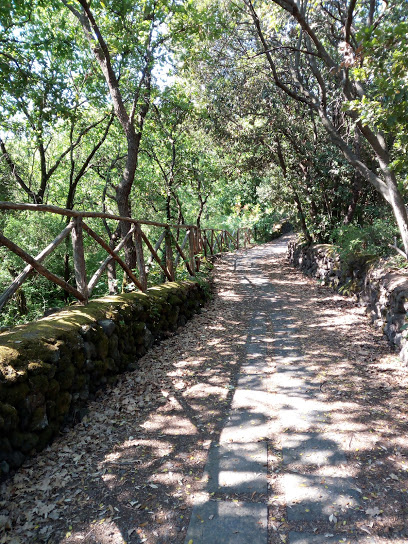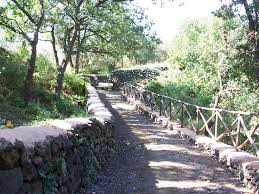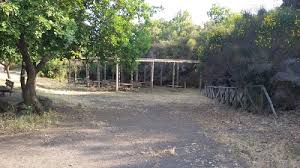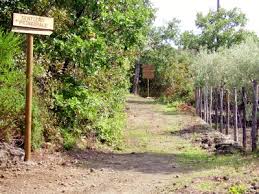Mascalucia, within its territory, which represents in all respects a final glimpse of these pure mythic Mediterranean plants, featuring oak, broom and very special animals. It is the Bosco di Monte Ciraulo, a famous area of delicious porcini mushrooms, suitable for a day's excursion; here you can find a shelter under the cold canopy of long trees and enjoy a packed lunch in the fitted area where there are tables and chairs. Young children will be able to enjoy the fun moments in the childish city at the entrance.
Mount Ciraulo is a renaissance created by the interplay of several lava flows produced by Monte Arso and attests to the remains of Etneo Wood, a shrub that once characterized the entire southern volcano; an area that offers plenty of natural and environmental views: It is an average height of 520 meters above sea level, between the road called Fondue Vaca and the regional road (via Pulei) which reaches Nicolosi and then continues to the top of Etna volcano.
Within the forest there are two paths, which are followed by the current roads: these paths pass through the firewood, which makes them marvel at the richness of vegetation. Within the garden there are also relaxation areas (equipped with snack preparation) and observation points, where you can observe the flora and fauna. These plants are largely local species, and include large plants with trees such as the olive tree, Dutch oak, kerasholoni and plants like thorny ivy, as well as thick bushes of the broom. , Red herring, ciclamine and orchids. From the in-depth studies conducted by Professor Rosario Inio Torresi in the Monte Serraolo Park, 315 bodies were identified with spontaneous flora, mostly composed of Mediterranean physiological genotypes, which are often repeated in the Etna Lava pillars. Some species found, such as Crambe hispanica, Chenopodium pumilio and Arabis turrta, are of particular importance because of their scarcity or the reasons for their conservation.
This region contains plants that correspond to the Mediterranean basal plane and the plane above the Mediterranean, which are characterized by the presence of trees such as lazzeruolo (crataegus azzarolus), olives (phillyea angustifolia), rovellera (quercus pubescens), leccio (quercus ilex celtis australis) and rasm coriara ); Plants such as terebinth (pistacea terebinthus), lentisco (pistacea lentiscus), leuphobias caracias and Ivy (smilax aspera) are also present. Among the shrubs are dense shrubs of the broom (spartium iunceum), cistus scoparius, cistus saluifolius, valentian ruber, asphodelus macrocarpus, and mullein asbylus and cyciforme orchids.
In these plant habitats, which retain their natural characteristics due to non-existent anthropogenic pressure, many animals, mammals (wild rabbits, hedgehogs), live in the many birds nesting in the region such as the hoopoe, the giraffe, the arpella, the blackcap, Little virgin, mountain biking and linnet. Furthermore, the Monte Ciraulo forest houses night-owl birds such as the dried mare, barn owl and a large number of butterflies, indicating the high natural standards that remain.
Forests, in particular, have a high biological diversity of both flora and fauna as a combination of genetic diversity, especially (natural or agricultural animal husbandry), ecosystem, landscape and culture, a very important feature that makes them worthy of protection and sustainable management.





